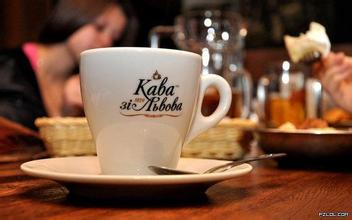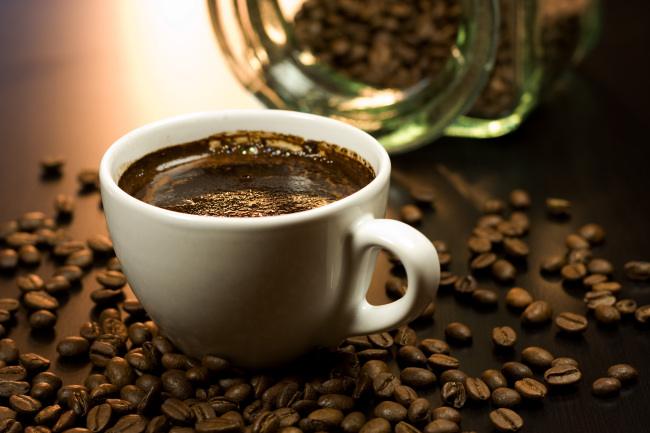The difference between Ethiopian and Indonesian coffee beans p introduction to the taste of varieties
The difference between Ethiopian and Indonesian coffee beans p introduction to the taste of varieties
Representative countries: Guatemala, Costa Rica, Savaldo and other Central American countries.
The higher the altitude of the origin, the better the quality of coffee. Because of the low altitude and hot climate, coffee trees grow faster and absorb less soil nutrients, so the taste of coffee is poor.
Those growing at 1375m to 1524m are extremely hard beans (SHB); those growing at 915m to 1375m are high hard beans (GHB); those growing at 610m to 915m are called HB; those growing at 300m to 1000m are called Pacific grade (Pacific).
Representative countries: Brazil, Indonesia, Ethiopia, Cuba, Peru, etc.
The method is to randomly take 300g samples and put them on black paper, and different defects correspond to different points, such as 1 point for 1 pebble, 5 points for 1 big pebble, 1 point for 5 broken beans and 1 point for 5 pest beans. Finally, it is graded according to the accumulated defect score, the highest level is NY2 and the lowest level is NY8. Indonesian coffee beans are divided into 6 grades, Gr1~Gr6, and Ethiopia coffee beans have the highest level of Gr2.
Most of the people who use this classification are South American countries. I don't know what Ethiopia and Indonesia are doing.
No matter how the coffee beans are treated, they should be ground and polished before export to remove the residual silver skin and make the surface of the coffee beans smooth and bright. After this process, the coffee beans will be bagged, loaded on the ship, and begin their ocean voyage. The biggest difference between washing and drying is that the skin and flesh of the coffee are removed first. Washing should be carried out within 12 hours after coffee picking to prevent the pulp from sticking to the coffee beans. First of all, people rinse the coffee fruit with clean water to remove soil and impurities from the surface. Then throw the coffee fruit into a huge sink, and the ripe fruit will sink to the bottom and separate from the floating immature fruit. The underwater fruit is thrown into a separator, where the coffee fruit is crushed so that the silver-skinned coffee beans are separated from the fruit. The next step is to remove the slimy pulp from the silver skin by fermentation. The fermented coffee beans are still covered with silver skin and contain 15% moisture, so they have to be dried. After the drying process, the coffee beans are called "parchment coffee beans" (Parchment coffee). In this form, the coffee beans will be maintained until the eve of export under strict temperature, humidity and even altitude. For coffee beans that are about to be exported, use a peeling machine to remove their dried silver skins. Coffee beans treated by washing can keep the original taste of beans, and Arabica beans with high quality are usually treated by this method.

Important Notice :
前街咖啡 FrontStreet Coffee has moved to new addredd:
FrontStreet Coffee Address: 315,Donghua East Road,GuangZhou
Tel:020 38364473
- Prev

Introduction to the characteristics of coffee producing areas in Kenya, graded flavor description, taste and origin.
Kenya Coffee production area characteristic practice grading Flavor description Taste Origin is fragrant, full-bodied, with fruit flavor, rich and perfect taste. Kenyan coffee has a wonderful fruit flavor, tastes like BlackBerry and grapefruit, and is a favorite of many coffee gluttons. This coffee has an excellent medium purity, crisp and refreshing taste. The flavor is fresh and the most suitable
- Next

Description of the characteristics and Flavor of Columbia Linglong Coffee introduction to the varieties in the manor area
The characteristics and flavor of Columbia Linglong Coffee describes the taste of the manor area and the specific range of elevation is more than 2.000 meters. A special combination of factors, latitude, altitude, soil, plant origin of species and varieties of coffee in Colombian coffee growing areas, rain patterns produced by climate and tropical convergence in coffee growing areas, in
Related
- Detailed explanation of Jadeite planting Land in Panamanian Jadeite Manor introduction to the grading system of Jadeite competitive bidding, Red bid, Green bid and Rose Summer
- Story of Coffee planting in Brenka region of Costa Rica Stonehenge Manor anaerobic heavy honey treatment of flavor mouth
- What's on the barrel of Blue Mountain Coffee beans?
- Can American coffee also pull flowers? How to use hot American style to pull out a good-looking pattern?
- Can you make a cold extract with coffee beans? What is the right proportion for cold-extracted coffee formula?
- Indonesian PWN Gold Mandrine Coffee Origin Features Flavor How to Chong? Mandolin coffee is American.
- A brief introduction to the flavor characteristics of Brazilian yellow bourbon coffee beans
- What is the effect of different water quality on the flavor of cold-extracted coffee? What kind of water is best for brewing coffee?
- Why do you think of Rose Summer whenever you mention Panamanian coffee?
- Introduction to the characteristics of authentic blue mountain coffee bean producing areas? What is the CIB Coffee Authority in Jamaica?

